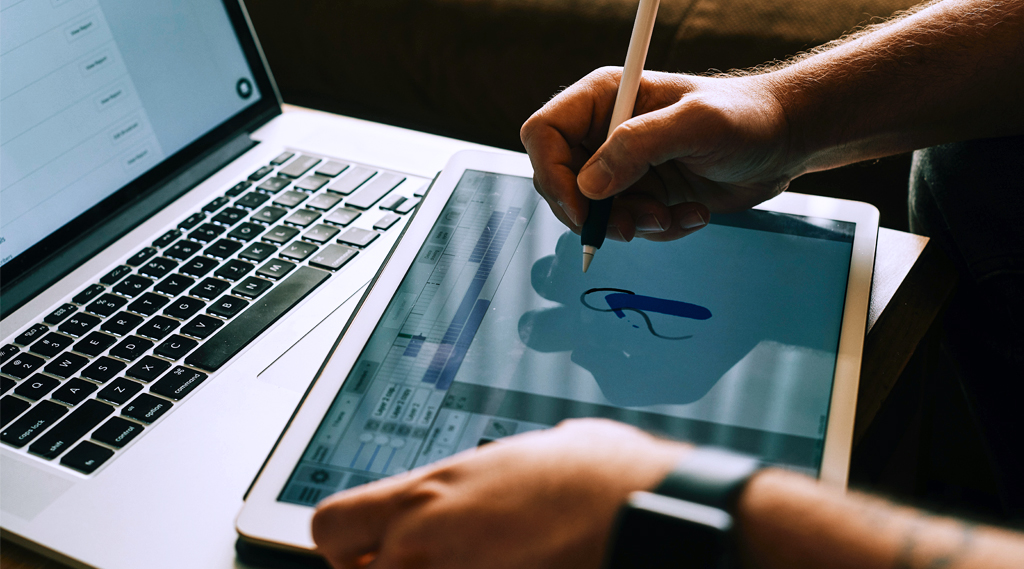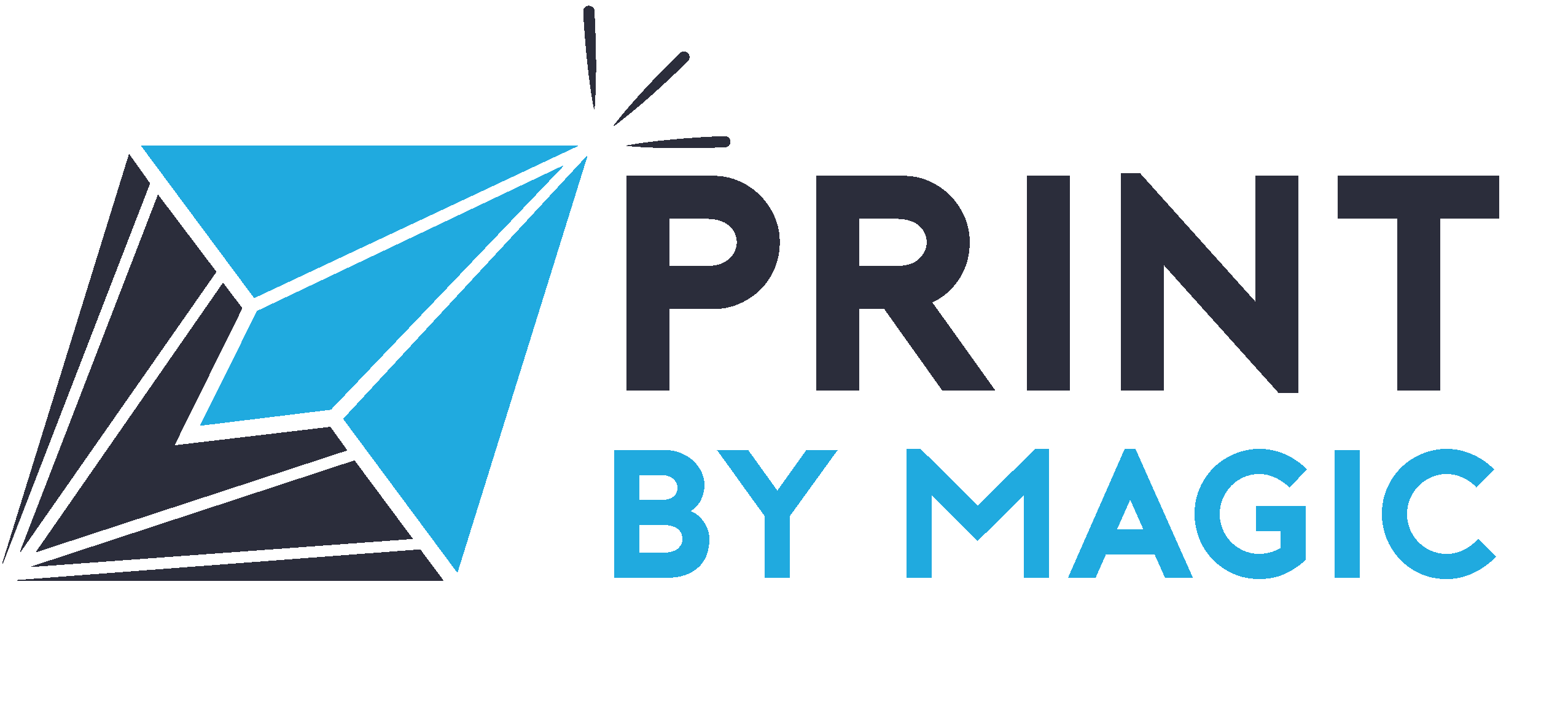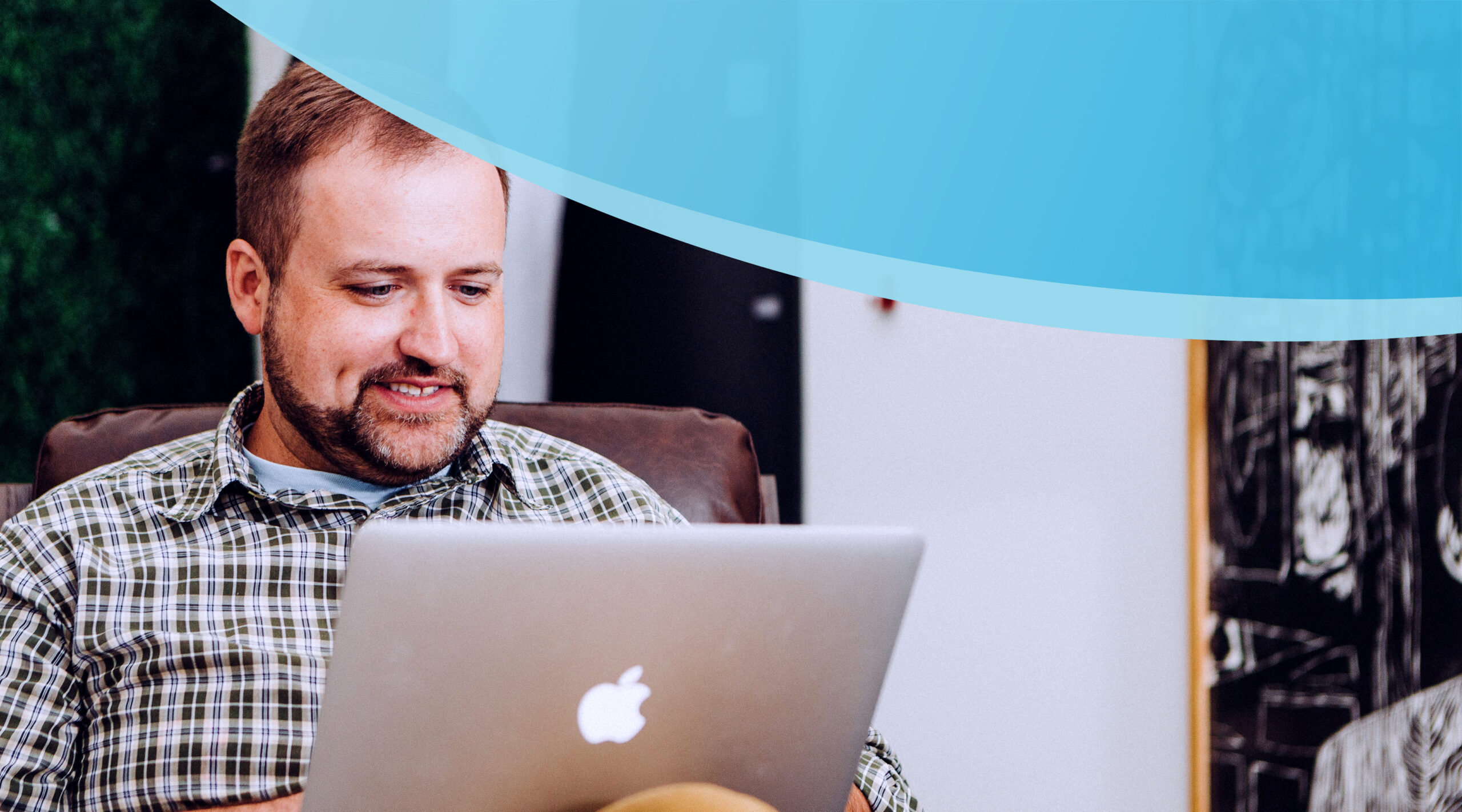When it comes to sending you artwork for print, having your artwork print ready is important. Your print ready artwork is a file that is sent to printers that requires certain values. This help to make your file work effectively with their printers to produce a high quality printed product.
In this no-hassle guide, we intend to inform you on how perfectly setup your artwork. In which, you will certainly be able to get high-quality prints for current and future endeavours.
1.Start Your Design

When starting your design there are a few things to consider wih artwork for print
Size – If you are wanting to print an image on A4 Poster Paper, make sure it is set up to the size of an A4 design (210mm x 297mm). If the image or design is already set up to a different size, make sure to resize it by dragging it into the software you are using and reshaping it to fit the artwork board.
Bleed – A lot of printing requires a bleed around the artwork. Bleed is the term for when your design extends beyond the edge of the page; this is important because it ensures that there is no white space around your design when it’s printed. If you have large amount of text that reaches to the edge of the document, this can also be cut off when the printers trim down the product. I would recommend:
5mm bleed for items larger than A4. Such as Posters, PVC Banners, Roller Banners etc.
3mm bleed for smaller printed items. Such as business cards, playing cards, ID cards, A5 greetings cards etc.
Crop Marks – Where the artwork is running over the edge, you can apply crop mark to a design within Illustrator by creating a bounding box the same document
Resolution – Recommended resolution is 300dpi. DPI stands for dots per inch. The higher the DPI, the sharper your image will be. In order to avoid pixelation, I would advise not lowering this number. Screen/Digital images are often formatted to 72 DPI and this can often be a standard size that pops up when you try to create a new file on software such as Illustrator, Photoshop and Procreate. Check this before sending your printed product as it will come out poorly printed.
Always be sure when design to check over your work as to avoid any errors upon print. Once you have completed your design and begin sending it to the printers, check over the work once yourself, then have a friend or family member check over the design again which will ensure any mistakes you have missed will be picked up. You can also ask your printers to check this work for you as most printers allow you to pay for a file check through their system.
2.File Types

Files types that are acceptable to send to printers are JPEG, PDF and PNG.
A JPEG is a flattened image of your design this can often get rid of bleeds when exporting the artwork. When saving a JPEG, make sure that your artwork has included the bleed area in the bounding box. So if you were exporting an A4 poster (297mm x 210 mm) with a 5mm bleed it would be 307mm x 230mm as a final product. This allows printers to trim 5mm off of all sides of the image when cutting down on a guillotine.
PDF documents are portable images that can often not be modified. When exporting the file, you need to make sure the file is print ready, which means checking your artboard within the design file and removing, non-printable objects from the file, such as extra swatches, links or layers. If your file has a bleed, make sure you fill your bleed area with background content as to ensure no borders upon the cut process. Finally, as most machines print in a CMYK format, we suggest checking that your PDF file has been setup with this colour system. Ask your printers if they do not print in CMYK to ensure the colours on your screen are printed exact.
PNG documents are high-resolution images with a great colour depth. These files are the perfect file types for printing high-quality printouts using office or home printers. If you are intending to match your colours perfectly upon print, it’s not recommended to use a PNG. This is because this file type uses RGB rather than CMYK. This can majorly alter your colours but does offer more quality when compared to a JPEG.
Actions To Remember Before Sending Print To Printers
Sizing – Appropriate to the artwork for print and the final product size. Uploading a file at the correct sizing is important for quality; leaving you with a perfect finished result upon print. If the file is not correctly sized, this can lead to a common mistake of low grade print results. Low quality can easily be avoided and we are sure this is something you will all be looking for.
Page – If there are multiple pages within your print, there are a few steps you need to follow. Firstly, as previously explained make sure the sizing of your files is correct for maximum quality. Be sure to make each pages the same size as to avoid quality differentiation!
Embedding fonts – Recommended for PDFs, embedding your fonts means a copy of necessary fonts are added to your PDF file. Printers and designers commonly use software such as Adobe Illustrator or InDesign. Both pieces of software will look to pull font information from your pc, which it is unable to do if the font is unavailable to them. When this happens, the font will be replaced with another, completely changing your design. If you are looking for the most personalised print, this process is of high priority!
Bleed – Modified between product and items, your bleed is important if you are looking for to the edge printing! A bleed helps printers trim your final print without losing any of your artwork. All items on our site come can be designed with a bleed attached. We recommend that once you upload your artwork, do so with a 3mm bleed attached. This is best for items such as posters, flyers and labels.
Thank you for reading our blog! We Hope you are now well-aware of how to upload your artwork when looking to print! If there are any more questions you still have, be sure to email us at info@printbymagic.com and we can assist you further!
Need assistance setting up your artwork for print? Look no further and be sure to ask us! We offer a standard setup fee of £10 on any project you may be looking to print. If you are looking for type of assistance with your artwork what so ever, send us a quote through our quick quote system HERE or visit us HERE.

